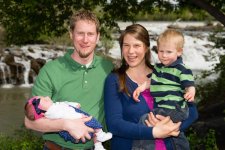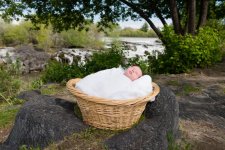Well I am new and trying to learn(hence the reason I am on this site). So I have a question. I think I got a lot of the basics covered. Have been shooting in manual mode for quite some time but I find one thing a little tricky.
I am trying to get some creative shots wide open with my two 1.8 lens but am completely blowing out the skies. Not the typical creamy bokeh with the 85mm 1.8, just severely overexposed and blown out.
My problem is I seem to only be able to get down to roughly f4-5.6 with a 200-250 shutter speed to be able to use a fill flash (sb700) off camera and still sync. This results in blown out skies.
So are my options pretty much just a 2 stop ND filter roughly or are there any other tricks for outdoor shots, mainly portaits of my kids, shot wide open?
Don't bash me too bad!
Thanks
I am trying to get some creative shots wide open with my two 1.8 lens but am completely blowing out the skies. Not the typical creamy bokeh with the 85mm 1.8, just severely overexposed and blown out.
My problem is I seem to only be able to get down to roughly f4-5.6 with a 200-250 shutter speed to be able to use a fill flash (sb700) off camera and still sync. This results in blown out skies.
So are my options pretty much just a 2 stop ND filter roughly or are there any other tricks for outdoor shots, mainly portaits of my kids, shot wide open?
Don't bash me too bad!
Thanks




